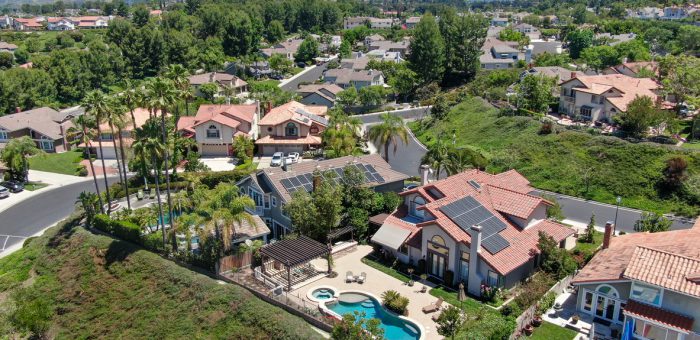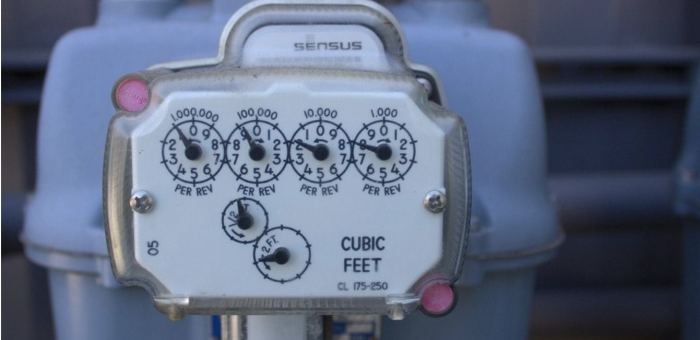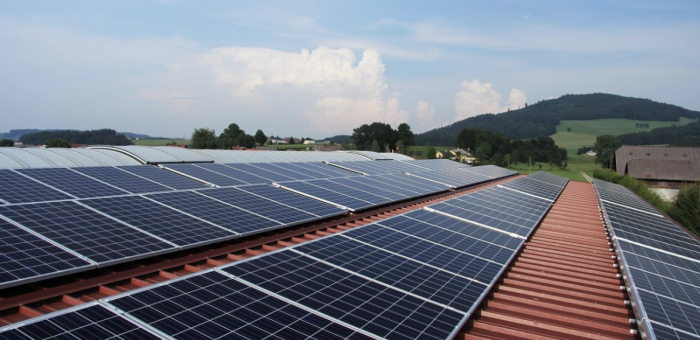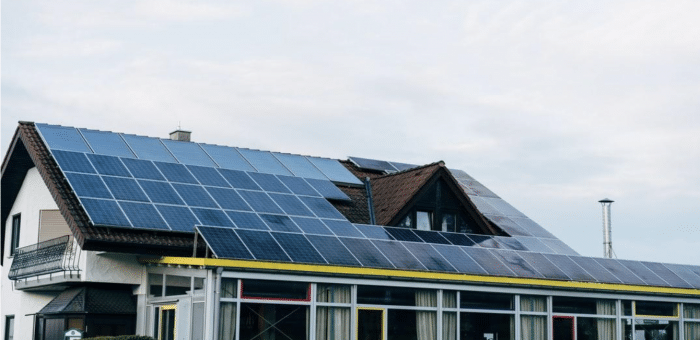Interest in green energy sources is steadily growing across the country. Solar energy is a sustainable source with immense sustainable potential when adequately harnessed. If you live in a place receiving consistent sunshine exposure like Texas, you may consider setting up residential solar power systems. So, what are solar shingles?
Roof solar panels are one of the most popular ways of harnessing the sun’s energy. Evolution in solar technology has given rise to solar shingles. Here is Power Wizard’s take on this trending and advanced solar energy option, and how they compare to traditional solar panels.
[ctafirst]
The purpose of solar shingles
Solar shingles are solar roof tiles consisting of slim photovoltaic (PV) sheets of semiconductor material. The PV tiles are small panels integrated into new or existing roof shingles. Roof
shingles are flat and rectangular roof covers with successive overlapping joints. Regular roof coverings come in composite or asphalt materials.
They are often permanently fitted into these asphalt or composite roofs, unlike conventional roof solar panels, which are temporary fixtures. They generate solar energy like standard solar panels while configuring your roof’s structure and design. When sunlight hits the solar roof tile, its semiconductor material can reflect, absorb, or let the photons pass through.
Absorbed solar particles displace electrons from solar shingles’ semiconductor material. The movement of negatively charged electrons towards the material’s surface creates an electric charge imbalance. This disparity sets up a voltage potential like a battery’s anode and cathode terminals. An electric current starts flowing to an external load like a solar battery or home appliance.
PV solar arrays comprise numerous basic functional PV cells. Each cell produces about 1 to 2 Watts of power which only amplifies when there are hundreds of units in a weather-tight PV module or panel. The solar shingles generate direct current (DC) electricity for powering electric devices and charging batteries. The PV module can also use an inverter to convert the DC electricity to Alternating Current (AC) electricity, just like in electric transmission and distribution systems.
The advantages of solar roof shingles
Installing solar roof shingles comes with a few key advantages. It’s definitely an appealing source of clean energy that allows you to make a positive impact on the environment. Switching to green and renewable solar energy can help minimize your carbon emissions. They also decrease your dependence on unsustainable fossil fuels.
Solar Shingles are aesthetically more pleasing than conventional solar cells. Its design blends with the roofing material, allowing you to retain your preferred roofing design and structure. The solar energy system has a polished design and appearance that fits seamlessly into your roof and is indistinguishable from your asphalt or composite roof shingles. Installing solar panel shingles gives your home a characteristically futuristic and charming look.
Aside from their aesthetic appeal, solar panel shingles play a structural and functional role. They offer excellent weather resistance and durability, with an extended lifespan of peak performance. Solar shingles are also simpler to maintain than solar panels.
Conventional solar panels are sometimes bulky additions that can damage your roofing structure. Resultantly, you may incur a few extra costs in reinforcing your roofing structure. Solar shingles are lightweight yet sturdy additions that help improve your roofing structure.
They are cost-effective roofing fixtures to consider during roof renovations. Once installed, they can significantly reduce your electric bills. You can monitor your electricity usage using Power Wizard’s power calculator tool to estimate your monthly energy savings.
This solar energy system can help increase your home’s resale value. Potential buyers often find solar shingles’ functional and aesthetic design quite appealing, making it a major selling point to add to your sales pitch. When performing a cost-benefit analysis, prospective home buyers can consider the solar system’s energy saving potential.
The disadvantages of solar roofing
There are some cons to installing solar roofing shingles. They have a significantly higher initial solar installation cost than conventional solar panels. But solar panel shingles contribute to an improved home value and reduced energy costs that offset the initial charges in the long term.
Solar roofing is weather-dependent and doesn’t work as well during overcast or foggy conditions. Some parts of the U.S. can’t opt to fully rely on the sun as a source of clean energy.
In addition, solar technology has been around for some time, but solar shingles are still relatively new. As a result, there are a limited number of companies that sell them. Poor installation might lead to leaks that compromise the roof’s integrity.
The solar roofing PV cells contain hazardous chemicals that are potential pollutants. The indiscriminate disposal of solar panels in landfills may pose a serious long-term environmental risk due to lead and other harmful compounds.
The average cost of solar shingle installations
The initial buying and installation costs of solar shingles can be quite high. However, you can choose to view it as an investment. Solar shingles can cost between $50,000 and $75,000, depending on your manufacturer. You have to factor in the square roof footage you need to cover and your household’s energy demands to come up with the final figure.
In addition, you may need to buy a solar battery backup system that significantly adds to the cost but improves your solar energy user experience. It’s better to compare the prices and perks of at least two or more solar shingle companies to get the best sale value. Also, be on the lookout for shingles that qualify for solar incentives, tax credits, and rebates to help lower your installation costs.
[ctafirst]
The different types of solar tiles available
When picking out solar roof tiles for your home, there are two options. They include:
Monocrystalline silicon
Silicon solar shingles closely resemble classical solar panels as they are rigid and framed. However, they are thin, shingle-sized, and blend in with existing roofing materials. Silicon is an older version of solar shingle technology that is more expensive to manufacture, purchase, and install. In addition, they are less energy efficient than their newer counterpart.
Solar shingles made with CIGS cells
The Copper Indium Gallium Selenide (CIGS) PVs utilize the latest thin film technology in harnessing solar energy. The CIGS shingles are flexible and lightweight. They match your roof more precisely and closely resemble conventional shingles from a distance. CIGS shingles are less expensive and last longer compared to monocrystalline silicon shingles.
Solar panel systems vs. solar shingles
Solar shingles share the same fundamental solar energy harnessing potential as classical solar panel systems. However, they are more aesthetically appealing and contribute to the roof’s structural integrity. While solar panels are bulky and stand out as rigid roofing fixtures, your solar shingles blend perfectly with the rooftop.
Solar shingles are, however, significantly pricier and take longer to install than solar panels. There are also a limited number of colors, styles, and brands offering them compared to the numerous conventional solar panels in the current market.
Switch to solar without the high electricity costs
While the debate on solar shingles vs. solar panels is far from over, solar energy undoubtedly plays a crucial role in transitioning to a carbon-free future. Solar shingles add to an extensive list of energy efficient systems you can use to lower your carbon footprint while reducing energy costs. If you reside in Texas and are unsatisfied with your current energy bill, consider switching to renewable energy sources. You can also use Power Wizard’s shopping tool to find an affordable electric plan that meets your energy needs.
[ctafirst]







